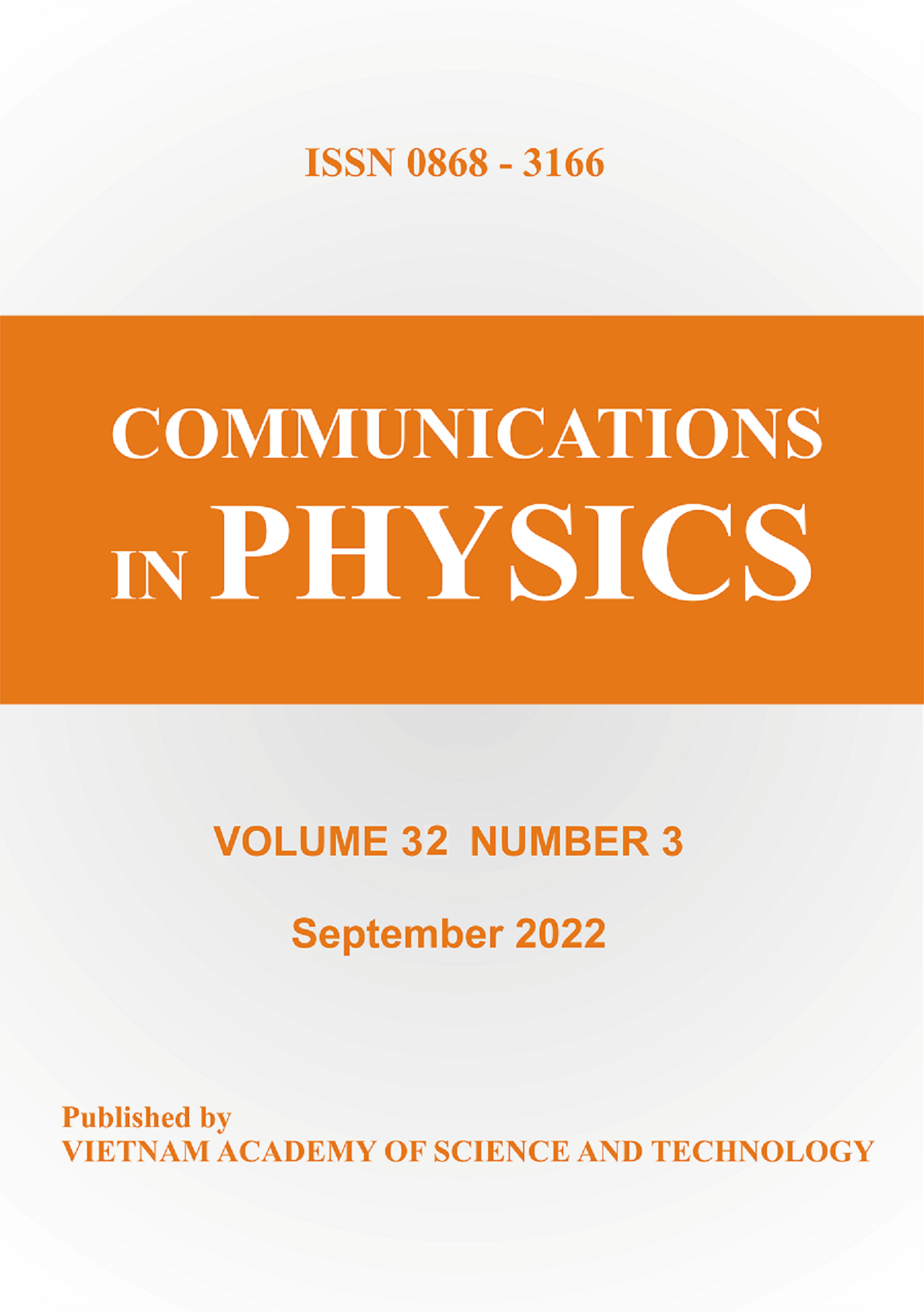ZnO/CdS Bilayer used for Electrode in Photovoltaic Device
Author affiliations
DOI:
https://doi.org/10.15625/0868-3166/21/4/354Abstract
In this article we present the fabrication and characterization of the nanoporous ZnO and/or ZnO/CdS thin films onto indium doped-tin oxide (ITO) substrates, based on the thermal evaporation technique followed by thermal treatment. The preparation method was relatively simple and low-cost for large scale uniform coating to produce clean, dense and strong adhesion to substrate thin films. The nanostructured ZnO and ZnO/CdS thin films were characterized by X-ray diffraction (XRD) and field emission scanning electron microscope (FE-SEM). The nanostructured ZnO/CdS bilayer film was used in a photo-electrochemical (PEC) cell as a working electrode and a Pt net as a counter electrode. The results show that the photovoltaic cell with nanostructured ZnO/CdS bilayer film electrode has significantly improved photoelectric capability in comparison with that of ZnO electrode.Downloads
Download data is not yet available.
Metrics
Metrics Loading ...
Downloads
Published
30-12-2011
How to Cite
[1]
D. T. Chien, P. D. Long, and P. V. Hoi, “ZnO/CdS Bilayer used for Electrode in Photovoltaic Device”, Comm. Phys., vol. 21, no. 4, p. 379, Dec. 2011.
Issue
Section
Papers
License
Authors who publish with CIP agree with the following terms:- The manuscript is not under consideration for publication elsewhere. When a manuscript is accepted for publication, the author agrees to automatic transfer of the copyright to the editorial office.
- The manuscript should not be published elsewhere in any language without the consent of the copyright holders. Authors have the right to enter into separate, additional contractual arrangements for the non-exclusive distribution of the journal’s published version of their work (e.g., post it to an institutional repository or publish it in a book), with an acknowledgement of its initial publication in this journal.
- Authors are encouraged to post their work online (e.g., in institutional repositories or on their websites) prior to or during the submission process, as it can lead to productive exchanges or/and greater number of citation to the to-be-published work (See The Effect of Open Access).
Published 30-12-2011












